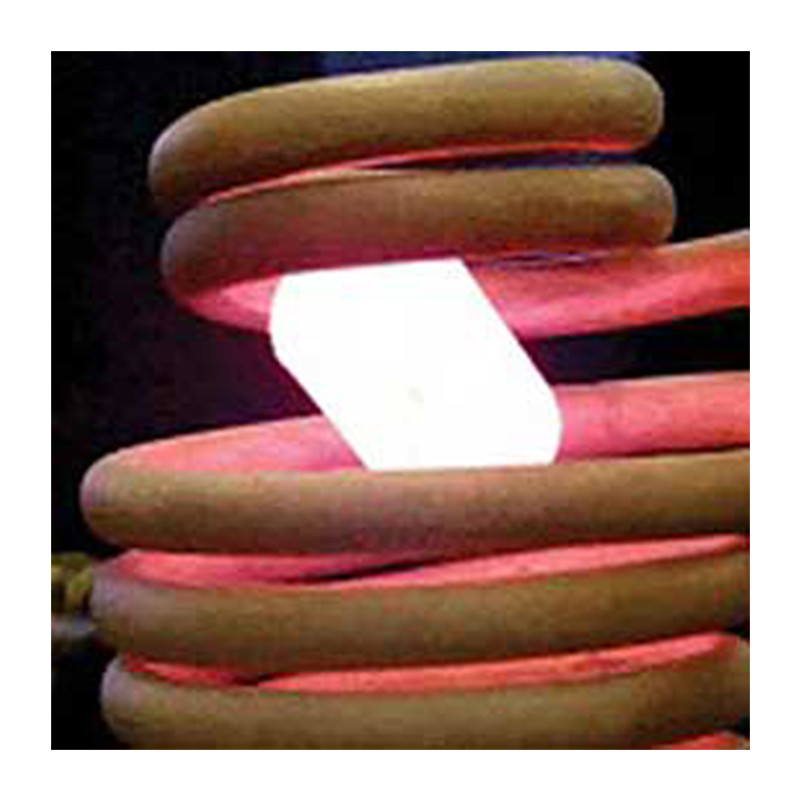

Jūs turite būti prisijungę
Category


Nuotraukos yra skirtos tik informaciniams tikslams. Peržiūrėkite produkto specifikaciją
please use latin characters
Achieving minimal contamination of conductive material during manufacturing proves to be a difficult task. One successful technique is known as levitation melting. This technique produces small quantities of electrically conductive material by suspending and then melting the material with induction heating.
Once the material has melted, the RF power is shut off, and the molten mass can be dropped or forced into a mold for forming. Potential for this application lies in the jewelry, dental, electronics, and aerospace research industries.
Modern induction heating provides reliable, repeatable, non-contact and energy-efficient heat in a minimal amount of time. Solid state systems are capable of heating very small areas or parts within precise production tolerances, without disturbing individual metallurgical characteristics.
Solid state RF induction power supplies are ideal candidates for levitation melting. Levitation melting relies on a complex balancing act involving three- dimensional forces. By using solid state equipment, consistent and reliable melting cycles are produced through accurate frequency tuning and power control.
Typical RF power supplies for levitation melting range from 1 to 5 kW, depending on the material and application requirements.
Ar Jūs domina šis produktas? Ar Jums reikia papildomos informacijos ar individualaus pasiūlymo?
tu turi būti prisijungęs
Achieving minimal contamination of conductive material during manufacturing proves to be a difficult task. One successful technique is known as levitation melting. This technique produces small quantities of electrically conductive material by suspending and then melting the material with induction heating.
Once the material has melted, the RF power is shut off, and the molten mass can be dropped or forced into a mold for forming. Potential for this application lies in the jewelry, dental, electronics, and aerospace research industries.
Modern induction heating provides reliable, repeatable, non-contact and energy-efficient heat in a minimal amount of time. Solid state systems are capable of heating very small areas or parts within precise production tolerances, without disturbing individual metallurgical characteristics.
Solid state RF induction power supplies are ideal candidates for levitation melting. Levitation melting relies on a complex balancing act involving three- dimensional forces. By using solid state equipment, consistent and reliable melting cycles are produced through accurate frequency tuning and power control.
Typical RF power supplies for levitation melting range from 1 to 5 kW, depending on the material and application requirements.
Jūsų atsiliepimo įvertinimas negali būti išsiųstas
Pranešti apie komentarą
Pranešimas apie atsiliepimą išsiųstas
Jūsų pranešimas apie atsiliepimą neišsiųstas
Parašyti savo atsiliepimą
Atsiliepimas išsiųstas
Jūsų atsiliepimas neišsiųstas
